 Spring officially arrived on March 20, 2016. With the return of warmer temperatures, new plant life and longer days our hearts lift. Good thing, because in today’s political climate optimism and collaboration are in short supply. Today we review four books sure to rekindle our spirits and to remind us that we share more in common than not. We rededicate ourselves to seeing the humanity in others. Through that lens, we seek to build a better world for ourselves and the people we love.
Spring officially arrived on March 20, 2016. With the return of warmer temperatures, new plant life and longer days our hearts lift. Good thing, because in today’s political climate optimism and collaboration are in short supply. Today we review four books sure to rekindle our spirits and to remind us that we share more in common than not. We rededicate ourselves to seeing the humanity in others. Through that lens, we seek to build a better world for ourselves and the people we love.
Music Everywhere 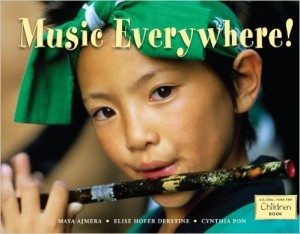 displays a wide variety of instruments from cultures around the world. Photographs capture the joy that music brings to both musicians and audiences. Kids will especially appreciate that it features children in the photos. Brief text highlights the energy, movement and joy that music contributes. Music Everywhere is a five star book from Global Fund for Children. Five Stars.
displays a wide variety of instruments from cultures around the world. Photographs capture the joy that music brings to both musicians and audiences. Kids will especially appreciate that it features children in the photos. Brief text highlights the energy, movement and joy that music contributes. Music Everywhere is a five star book from Global Fund for Children. Five Stars.
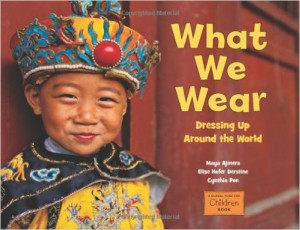 Also written by Maya Ajmera, Elise Hofer Derstine and Cynthia Pon, What We Wear is another Global Fund for Children Book. Similarly, the photo illustrations include images of children in a dazzling array of colors and designs. Brief text explains that “dressing up means celebrating who we are … and what we believe.” This book exudes energy and joy and will delight children while it reinforces a message of commonality. Five Stars.
Also written by Maya Ajmera, Elise Hofer Derstine and Cynthia Pon, What We Wear is another Global Fund for Children Book. Similarly, the photo illustrations include images of children in a dazzling array of colors and designs. Brief text explains that “dressing up means celebrating who we are … and what we believe.” This book exudes energy and joy and will delight children while it reinforces a message of commonality. Five Stars.
Home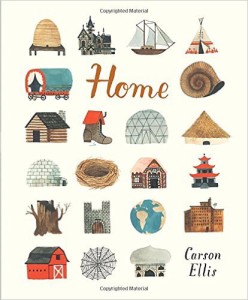 by Carson Ellis is a delightful riff on this theme of commonality in diversity. The dramatic, oversize pencil and watercolor illustrations feature homes both real and whimsical, human and animal, local and exotic. Cottage or castle, pirate ship or underground lair, palace or apartment, homes are as varied as the people and animals who create them. A fun, lighthearted read with an important core message: home is wherever we live.
by Carson Ellis is a delightful riff on this theme of commonality in diversity. The dramatic, oversize pencil and watercolor illustrations feature homes both real and whimsical, human and animal, local and exotic. Cottage or castle, pirate ship or underground lair, palace or apartment, homes are as varied as the people and animals who create them. A fun, lighthearted read with an important core message: home is wherever we live.
Five Stars.

AQ Lens: Each of the previous books delivers an important message of inclusivity and commonality. I have repeatedly mentioned that adoptive families have a vested interest in broadening tolerance and stretching the cultural understanding about what is “normal,” “real,” and “valued.” Each of these books offers an appealing read that support this goal.
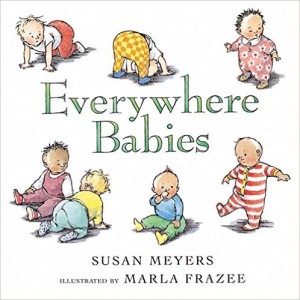 Everywhere Babies written by Susan Meyers and illustrated by Marla Frazee (She also wrote and illustrated Rollercoaster which I reviewed here earlier.) Is there anything as endearing, as heart-tugging as babies? This delightful book captures the everyday moments–and charms–of babies around the world. The sweet illustrations depict babies of every color and culture as well as the families and communities that nurture them. Children will enjoy remembering when they were babies and seeing how “busy” they kept their families. Parents will identify with the exhausted folks who love and care for their children regardless of country or culture. A sweet and satisfying read. Five Stars.
Everywhere Babies written by Susan Meyers and illustrated by Marla Frazee (She also wrote and illustrated Rollercoaster which I reviewed here earlier.) Is there anything as endearing, as heart-tugging as babies? This delightful book captures the everyday moments–and charms–of babies around the world. The sweet illustrations depict babies of every color and culture as well as the families and communities that nurture them. Children will enjoy remembering when they were babies and seeing how “busy” they kept their families. Parents will identify with the exhausted folks who love and care for their children regardless of country or culture. A sweet and satisfying read. Five Stars.

AQ Lens: Like each of the books reviewed today, Everywhere Babies illustrates the common thread of humanity that people and families around the world share. It also offers a unique chance to explore conversations with adopted children about their early start in life. For children adopted in infancy, it can repeat family stories of their arrival and early years. For kids adopted internationally, Everywhere Babies offers a chance to look at how the culture of origin might have welcomed and supported your child until they were adopted. For kids adopted from foster care or after other trauma, it opens an important window to talking about how adoptive parents wished they could have been there and might suggest ways they would have nurtured children.


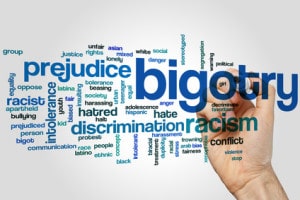
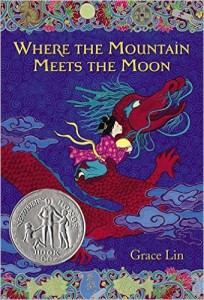

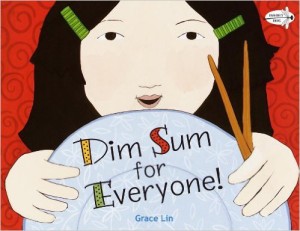
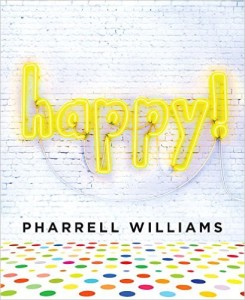 It feels appropriate to conclude the month of February with a final nod to affairs of the heart. Beyond romance, each of us yearns to love and be loved. We wish to be seen and accepted as our authentic selves. We need to be appreciated for our differences as much as for what we have in common with family and friends. It is our differences that make us unique. This acceptance is difficult to achieve.
It feels appropriate to conclude the month of February with a final nod to affairs of the heart. Beyond romance, each of us yearns to love and be loved. We wish to be seen and accepted as our authentic selves. We need to be appreciated for our differences as much as for what we have in common with family and friends. It is our differences that make us unique. This acceptance is difficult to achieve.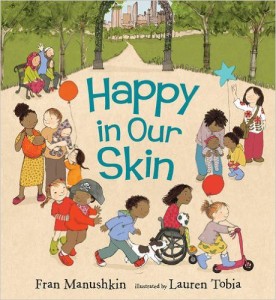

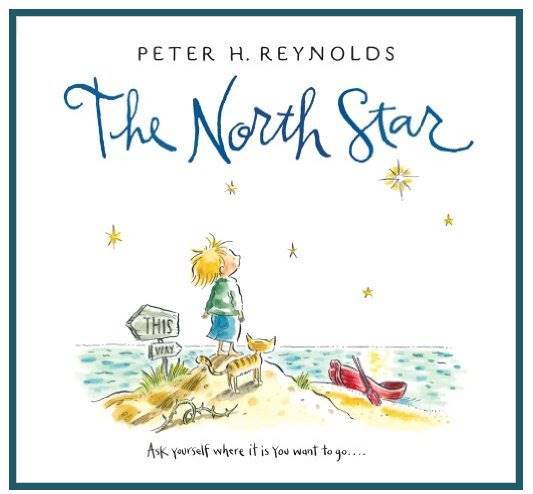 The North Star
The North Star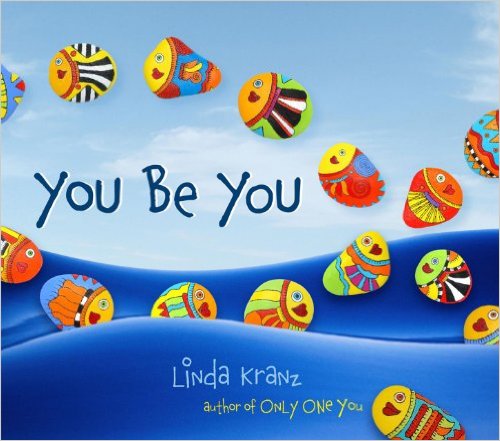

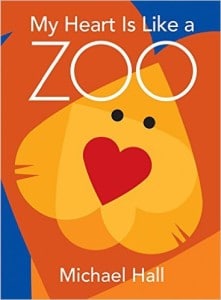 How would you reply if you asked yourself, “What is your heart like?” What would you predict your child might reply?
How would you reply if you asked yourself, “What is your heart like?” What would you predict your child might reply? 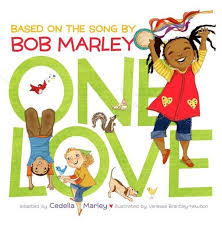 Valentine’s day brings thoughts of love. Add a sprinkle of multiculturalism to your celebrations with the charming One Love by Cedella Marley, daughter of the Reggae artist, Bob Marley. Illustrations by Vanessa Brantley-Newton enliven the text, based on his song, “One Love.” Beautiful multi-media pictures will brighten the reader’s day. The mood of the story is upbeat and positive and reinforces the idea that we are all part of the community of earth, that we all can choose to work, laugh and love together. Five stars
Valentine’s day brings thoughts of love. Add a sprinkle of multiculturalism to your celebrations with the charming One Love by Cedella Marley, daughter of the Reggae artist, Bob Marley. Illustrations by Vanessa Brantley-Newton enliven the text, based on his song, “One Love.” Beautiful multi-media pictures will brighten the reader’s day. The mood of the story is upbeat and positive and reinforces the idea that we are all part of the community of earth, that we all can choose to work, laugh and love together. Five stars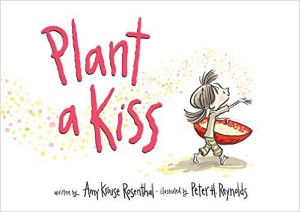
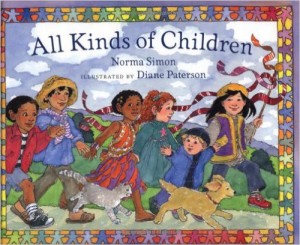 A title like
A title like 



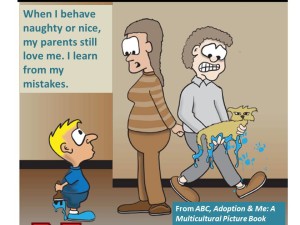 A slender and wiggly thread divides contrariness from being true to oneself. As our kids learn to discern the difference, we parents must deal with the confusion, frustration and—Dare we say it?—the irritation. Teaching our kids how to think for themselves, choose well and not follow the crowd takes patience and practice.
A slender and wiggly thread divides contrariness from being true to oneself. As our kids learn to discern the difference, we parents must deal with the confusion, frustration and—Dare we say it?—the irritation. Teaching our kids how to think for themselves, choose well and not follow the crowd takes patience and practice.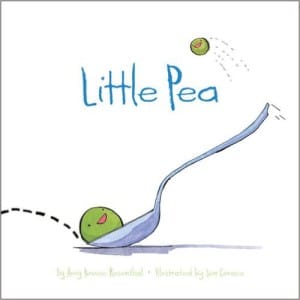
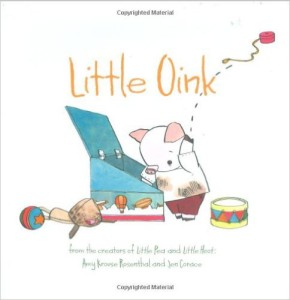 Amy Krouse Rosenthal reprises a similar premise in
Amy Krouse Rosenthal reprises a similar premise in 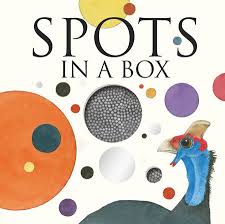

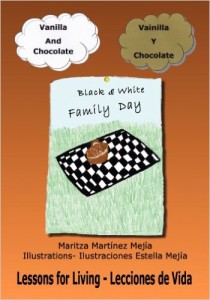 Increasingly, adoptive families have come to understand the importance of talking about race, of awakening ourselves to the subtleties of white privilege, microagressions and how color blindness is a misguided solution to racism.
Increasingly, adoptive families have come to understand the importance of talking about race, of awakening ourselves to the subtleties of white privilege, microagressions and how color blindness is a misguided solution to racism. 
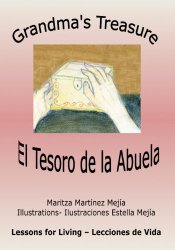
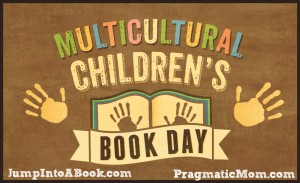

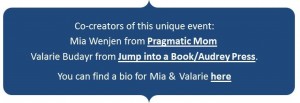



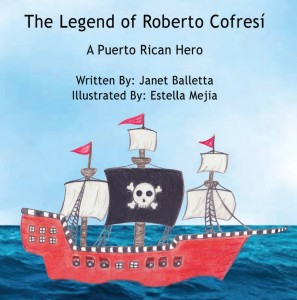
 Janet ‘s first book, The Legend of the Colombian Mermaid **Winner of 2015 Mariposa International Latino Book Award** and won Second Place in the 2015 International Latino Book Awards
Janet ‘s first book, The Legend of the Colombian Mermaid **Winner of 2015 Mariposa International Latino Book Award** and won Second Place in the 2015 International Latino Book Awards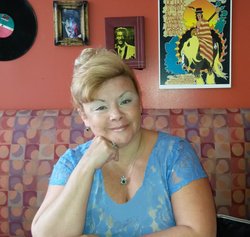
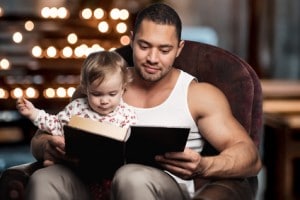
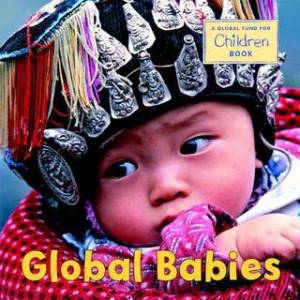
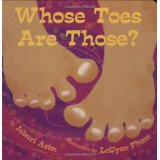
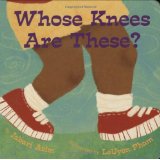
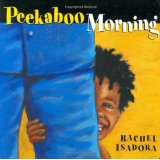
 In Natasha Yim’s picture book,
In Natasha Yim’s picture book, 
